P. Adams Sitney
The Syntax of Cinema in Relation to Narrative, Poetry and Theatre
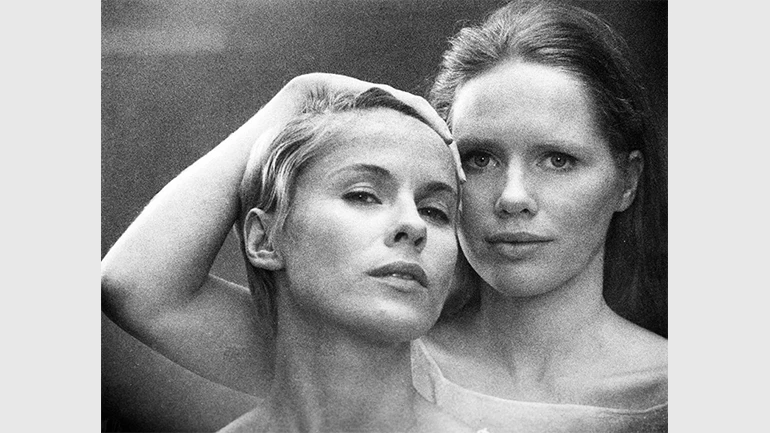
Held on 16 mar 2018
Presented within the Museo Reina Sofía’s programme centred on experimental cinema historian and theorist P. Adams Sitney (New Haven, Connecticut, 1944), this research seminar, conducted by Sitney and addressed to the scholar public, revolves around the structure and language of auteur cinema. The seminar’s two sessions will explore the methods upon which Sitney has reflected in his writings on avant-garde cinema and the different ways of understanding film as poetic expression, setting out to identify the stylistic and narrative motifs that result in a film being considered difficult, hermetic or simply beyond our understanding, thus viewing them through a new grammar of the image. For instance, the unusual movement of a camera repeated one or more times, as exercised by film-maker Dimitri Kirsanoff, with the potential to become an expression of the complex thought processes of a character; or the reiteration of a discourse akin to that which features in Ingmar Bergman’s Persona — a clue to the psychological infrastructure of the entire film. In other instances, the absence of an anticipated grammatical strand, for example in Carl Theodor Dreyer’s Ordet (The Word) with its lack of reverse angles, directs and disguises the film’s stylistic system.
The first session in this seminar contrasts three highly complex narrative films, the aforementioned Persona (1966), Andrei Tarkovsky’s Mirror (1975), and Dimitri Kirsanoff’s Ménilmontant, with the different cinematic strategies based on the poetry and opera exerted by Stan Brakhage in his Visions in Meditation (1989-1990) and Straub-Huillet in Moses und Aron (1975). With the narrative or quasi-narrative films, highly subtle psychological nuances are expressed through montage, association, camera movements, and the exchange of meticulously selected reverse angle shots, whereas in the examples of Brakhage and Straub-Huillet the density of repetitions and superimposed images of the former and the simplicity of the latter trigger metaphysical and theological strands. The second session will carry out an analysis with Ordet at its centre.
Acknowledgements
The Punto de Vista Festival and Elías Querejeta Zine Eskola, San Sebastián
Related activity inside the programme
Organised by
Museo Reina Sofía
Recommended viewing prior to the seminar:
Ingmar Bergman. Persona [Person], 1966
Andréi Tarkovski. Zerkalo [Mirror], 1975
Dimitri Kirsanoff. Ménilmontant [Ménilmontant], 1926
Stan Brakhage. Visions in Meditation, 1989-1990
Straub-Huillet. Moses und Aron [Moses amd Aaron], 1975
Carl Theodor Dreyer. Ordet [The Word], 1955
Más actividades
![Metahaven, The Sprawl: Propaganda about Propaganda [La diseminación: propaganda sobre propaganda], 2015, película](https://recursos.museoreinasofia.es/styles/small_landscape/public/Actividades/interfaz_emotiva_0.jpeg.webp)
EMOTIVE INTERFACE. The Films of Metahaven
Thursday, 27, Friday, 28, and Saturday, 29 November 2025 – check times
The Museo Reina Sofía and the Márgenes International Film Festival in Madrid, here in its fifteenth edition, present this series devoted to the artist collective Metahaven. The programme is framed inside the working strand both institutions started in 2024, focusing on an exploration of contemporary audiovisual narratives, a hybridisation of languages and the moving image as a tool for practising critical gazes on the present. Emotive Interface. The Films of Metahaven comprises two sessions of screenings and a masterclass delivered by the collective, centring on the relationship between the internet, technology, time and the moving image. All sessions will be presented by the artists.
The work of Metahaven — Dutch artist duo Vinca Kruk and Daniel Van der Velden — encompasses graphic art, video, installations, writing and design around urgent issues related to governance, identity, power and transparency in the digital age. Thus, their practice stands at the crossroads of art, film and critical thought, as they employ visual language as a tool to explore the tensions between technology, politics and perception, their practice combining the rigour of the visual essay and a strong poetic component, where graphic design, digital animation and documentary material fuse into dense, emotionally ambiguous compositions that speak of post-digital romanticism through an allegorical formulation. The spotlight of this series shines brightly on some of Metahaven’s recent works, for instance The Feeling Sonnets (Transitional Object) (2024), in which they examine language, poetry and digital time, and on The Sprawl (Propaganda About Propaganda) (2015), an essay which explores how the internet and social media have radically altered the relationship between truth, power and perception. Finally, the duo’s masterclass is set forth here as a survey of the main themes explored by both artists.
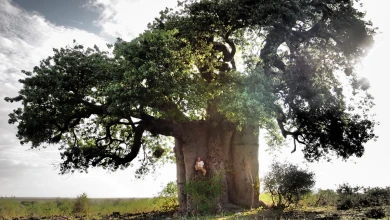
Francisco López and Barbara Ellison
Thursday, 11 December - 8pm
The third session in the series brings together two international reference points in sound art in one evening — two independent performances which converse through their proximity here. Barbara Ellison opens proceedings with a piece centred on the perceptively ambiguous and the ghostly, where voices, sounds and materials become spectral manifestations.
This is followed by Francisco López, an internationally renowned Spanish sound artist, who presents one of his radical immersions in deep listening, with his work an invitation to submerge oneself in sound matter as a transformative experience.
This double session sets forth an encounter between two artists who, from different perspectives, share the same search: to open ears to territories where sound becomes a poetic force and space of resistance.
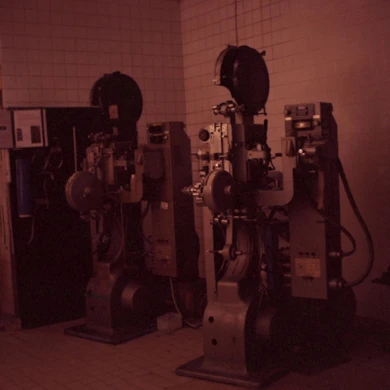
Long Live L’Abo! Celluloid and Activism
4, 5, 6 DIC 2025
L’Abominable is a collective film laboratory founded in La Courneuve (Paris, France) in 1996. It came into being in response to the disappearing infrastructures in artisan film-making and to provide artists and film-makers with a self-managed space from which to produce, develop and screen films in analogue formats such as Super 8, 16mm and 35mm. Anchored in this premise, the community promotes aesthetic and political experimentation in analogue film opposite digital hegemony. Over the years, L’Abominable, better known as L’Abo, has accompanied different generations of film-makers, upholding an international movement of independent film practices.
This third segment is structured in three sessions: a lecture on L’Abo given by Pilar Monsell and Camilo Restrepo; a session of short films in 16mm produced in L’Abo; and the feature-length film Une isle, une nuit, made by the Les Pirates des Lentillères collective.
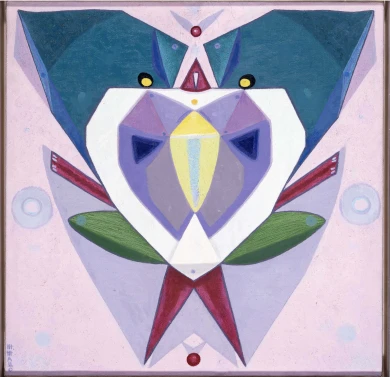
Estrella de Diego Lecture. Holding Your Brain While You Sleep
Wednesday, 3 December 2025 – 7pm
Framed inside the Museo Reina Sofía’s retrospective exhibition devoted to Maruja Mallo, this lecture delivered by Estrella de Diego draws attention to the impact of the artist’s return to Spain after her three-decade exile in Latin America.
Committed to values of progress and renewal in the Second Republic, Mallo was forced into exile to Argentina with the outbreak of the Civil War and would not go back to Spain to settle definitively until 1965 — a return that was, ultimately, a second exile.
Mallo saw out her prolific artistic trajectory with two impactful series: Moradores del vacío (Dwellers of the Void, 1968–1980) and Viajeros del éter (Ether Travelers, 1982), entering her most esoteric period in which she drew inspiration from her “levitational experiences” of crossing the Andes and sailing the Pacific. Her travels, both real and imaginary, became encounters with superhuman dimensions.
In parallel, her public persona gained traction as she became a popular figure and a key representative of the Generation of ‘27 — the other members of which also started returning to Spain.
This lecture is part of the Art and Exile series, which seeks to explore in greater depth one of the defining aspects of Maruja Mallo’s life and work: her experience of exile. An experience which for Mallo was twofold: the time she spent in the Americas and her complex return to Spain.
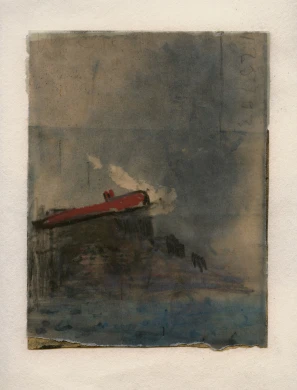
Juan Uslé. That Ship on the Mountain
Tuesday, 25 November 2025 – 7pm
Ángel Calvo Ulloa, curator of the exhibition Juan Uslé. That Ship on the Mountain, engages in conversation with artist Juan Uslé (Santander, 1954) in the Museo’s Auditorium 400 to explore in greater depth the exhibition discourse of this anthological show spanning four decades of Uslé’s artistic career.
The show casts light on the close relationship Uslé’s work bears to his life experiences, establishing connections between different stages and series which could ostensibly seem distant. Framed in this context, the conversation looks to explore the artist’s personal and professional journey: his memories, experiences of New York, his creative process, conception of painting, and ties with photography and film, and the cohesiveness and versatility that characterise his art. Key aspects for a more in-depth understanding of his artistic sphere.
The conversation, moreover, spotlights the preparatory research process that has given rise to this exhibition to grant a better understanding of the curatorial criteria and decisions that have guided its development.
These inaugural conversations, part of the main working strands of the Museo’s Public Programmes Area, aim to explore in greater depth the exhibition narratives of the shows organised by the Museo from the perspective of artists, curators and specialists.



![Miguel Brieva, ilustración de la novela infantil Manuela y los Cakirukos (Reservoir Books, 2022) [izquierda] y Cibeles no conduzcas, 2023 [derecha]. Cortesía del artista](https://recursos.museoreinasofia.es/styles/small_landscape/public/Actividades/ecologias_del_deseo_utopico.jpg.webp)
![Ángel Alonso, Charbon [Carbón], 1964. Museo Reina Sofía](https://recursos.museoreinasofia.es/styles/small_landscape/public/Actividades/perspectivas_ecoambientales.jpg.webp)